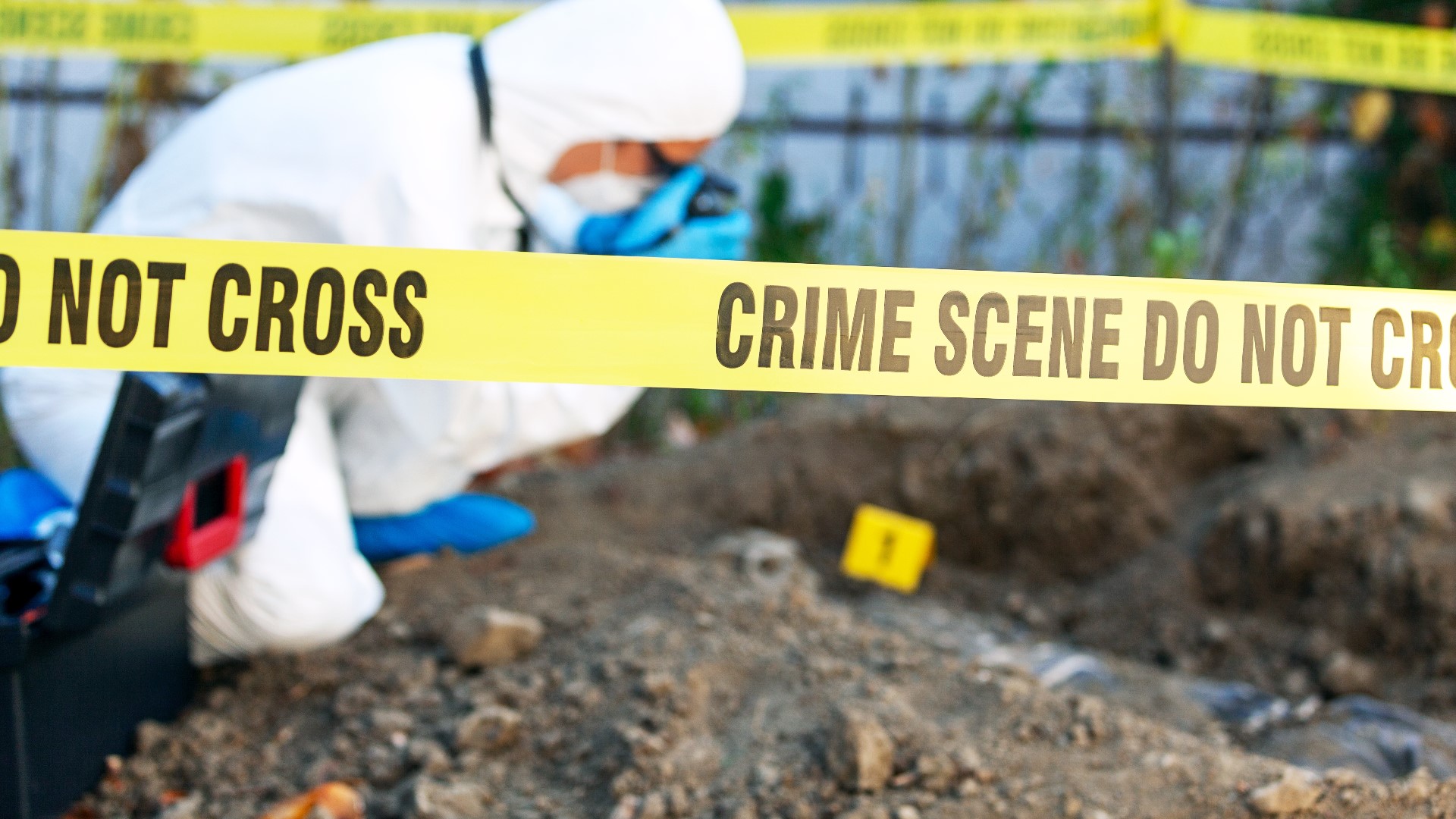ATLANTA — There are 2,500 missing people in the state of Georgia and 154 unidentified remains. New technology called forensic genetic genealogy could help solve those mysteries.
One includes the case of a young girl whose death and identity have been unknown for nearly three decades.
“Here we are 27 years later, and we still don’t know who she is,” said Dr. Carol Terry, the medical examiner for Gwinnett County.
The “she” Terry is referring to is known as the "Atwood girl." She was found in a shallow grave off Atwood Street on April 5, 1995. Her real name and everything else about her remain a mystery.
“There’s so few answers. So many questions about what happened to this girl," Terry said. "Who she is? How she died?”
In 1995, Terry worked for Fulton County. She did the girl’s autopsy and exam and has thought about her ever since.
She said her body was badly decomposed, but she could tell the girl was in her mid to late teens. Technology told investigators what the girl potentially looked like, but it couldn’t tell much else.
“There was nothing in the toxicology, there was no obvious trauma,” Terry said.
Terry said, at the time, she was sure all of her questions about the girl would be answered. But as the years dragged on, those answers never came.
GETTING ANSWERS
Today, she said she has renewed hope she’ll get those answers, thanks to forensic genetic genealogy. It’s the same technology that helped identify Marlene Stanrich.
“An individual had found the remains over in Stone Mountain, Georgia,” Gwinnett County Police Detective Brian Dorminy said.
It took Gwinnett County Police 40 years to identify the wife and mother who disappeared in 1973. Dorminy said she would still be an unidentified person if this technology didn't exist.
The same is true for Gordon Rexrode in Gwinnett County, Stacy Lyn Chahorski in Dade County and dozens of others across the country who, after decades, now have names again.
Traditional DNA testing wasn’t able to identify these people because investigators had no DNA to compare it to. But companies developed their own sites where people can upload their DNA, like GED Match and Family Tree DNA, so investigators can access it and solve cases.
Kristen Mittleman is the chief business development officer at Othram Labs, which created the site DNA Solves.
“Our technology looks at tens of thousands to hundreds of thousands of markets,” Mittleman said.
DNA Solves helps Othram build a family tree of likely relatives to the person being tested. Mittelman said the company’s success rate is nearly 100%.
“Almost all of our cases are cases that have failed elsewhere or became a DNA dead end,” Mittelman said.
HELPING SOLVE CRIMES
Othram said it’s working on hundreds of cases now. She said the technology is not just to identify remains but also to help solve crimes.
Investigators credit forensic genetic genealogy with catching the Golden State Killer, who murdered 13 people and raped nearly 50 more in the '70s and ‘80s.
But while departments like Gwinnett’s embrace the help, the technology isn’t widely used.
“Our technology is fairly new and people don't know about it yet," Mittelman said. "I think the more and more people hear about what we do and see the difference, I think that this will become the standard."
That brings it back to the "Atwood girl."
The technology could do more than just tell investigators who she is, it could tell them whether she was murdered and potentially who killed her.
“I would like to have this answered before I go to my grave and this is one of the ones that has always bothered me,” Terry said.
Fulton County did not respond to requests for an interview but told 11Alive Investigators it is in contact with Othram Labs about identifying the "Atwood girl" because of our report.
It's likely Fulton County won’t have to pay for the testing.
Two philanthropists in Georgia are covering the cost for any departments in the state that have remains they want to identify. Any interested departments just need to reach out to Othram Labs.

